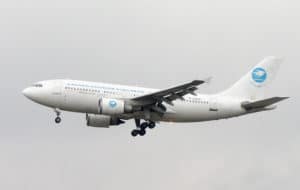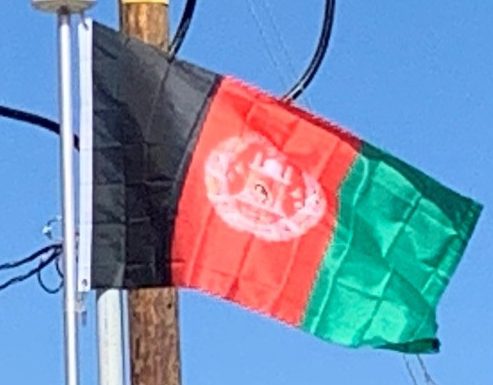A number of small companies and factories began operating in different parts of the country, which not only provide revenues to the government but also create new jobs. Improvements to the business environment have resulted in more than $1.5 billion in telecom investment and created more than 100,000 jobs since 2003. Afghan rugs are becoming popular again, allowing many carpet dealers around the country to hire more workers.
Telecommunications company Roshan is the largest private employer in the country as of 2014.[170]
Mining:
The United States Geological Survey (USGS) estimated in 2006 that northern Afghanistan has an average 2.9 billion barrels of crude oil, 15.7 trillion cubic feet of natural gas, and 562 million bbl of natural gas liquids. In 2011, Afghanistan signed an oil exploration contract with China National Petroleum Corporation (CNPC) for the development of three oil fields along the Amu Darya river in the north.

The country has significant amounts of lithium, copper, gold, coal, iron ore, and other minerals. The Khanashin carbonatite in Helmand Province contains 1,000,000 metric tons of rare earth elements. In 2007, a 30-year lease was granted for the Aynak copper mine to the China Metallurgical Group for $3 billion, making it the biggest foreign investment and private business venture in Afghanistan’s history. The state-run Steel Authority of India won the mining rights to develop the huge Hajigak iron ore deposit in central Afghanistan. Government officials estimate that 30% of the country’s untapped mineral deposits are worth at least $1 trillion. One official asserted that “this will become the backbone of the Afghan economy” and a Pentagon memo stated that Afghanistan could become the “Saudi Arabia of lithium”. In a 2011 news story, the CSM reported, “The United States and other Western nations that have borne the brunt of the cost of the Afghan war have been conspicuously absent from the bidding process on Afghanistan’s mineral deposits, leaving it mostly to regional powers.”
Transportation:
Air:
Air transport in Afghanistan is provided by the national carrier, Ariana Afghan Airlines, and by private companies such as Afghan Jet International, East Horizon Airlines, Kam Air, Pamir Airways, and Safi Airways. Airlines from a number of countries also provide flights in and out of the country. These include Air India, Emirates, Gulf Air, Iran Aseman Airlines, Pakistan International Airlines, and Turkish Airlines.

The country has four international airports: Hamid Karzai International Airport (formerly Kabul International Airport), Kandahar International Airport, Herat International Airport, and Mazar-e Sharif International Airport. There are also around a dozen domestic airports with flights to Kabul and other major cities.
Rail:
As of 2017, the country has three rail links, one a 47 mile line from Mazar-i-Sharif to the Uzbekistan border; a 6.2 mile long line from Toraghundi to the Turkmenistan border (where it continues as part of Turkmen Railways); and a short link from Aqina across the Turkmen border to Kerki, which is planned to be extended further across Afghanistan. These lines are used for freight only and there is no passenger service as of yet. A rail line between Khaf, Iran and Herat, western Afghanistan, intended for both freight and passengers, is under construction and due to open in late 2018. About 78 miles of the line will lie on the Afghan side. There are various proposals for the construction of additional rail lines in the country.
